wú
I, me
Phonosemantic compound. 口 represents the meaning and 五 represents the sound.
Evolution

Oracle script
(~1250-1000 BC)
Bronze script
Early Western Zhou (~1000 BC)
Seal script
Shuowen (~100 AD)
Clerical script
Eastern Han dynasty (25-220 AD)Regular script
ModernMost common words with 吾
Freq. | Word | Meaning |
|---|---|---|
I | ||
to hem and haw | ||
Xinjiang Uighur autonomous region, abbr. 新, capital Urumqi or Ürümqi 烏魯木齊|乌鲁木齐 | ||
Uighur (Uyghur) ethnic group of Xinjiang | ||
Uighur ethnic group of Xinjiang |
Component uses
Meaning component in 1 character (0 verified)
Sources
